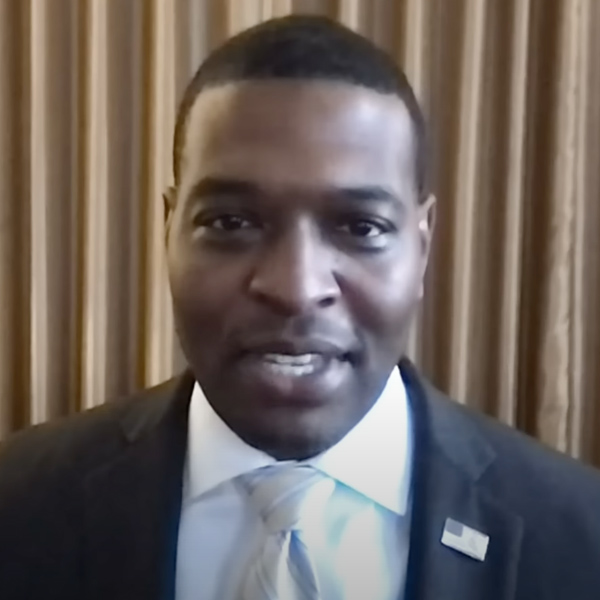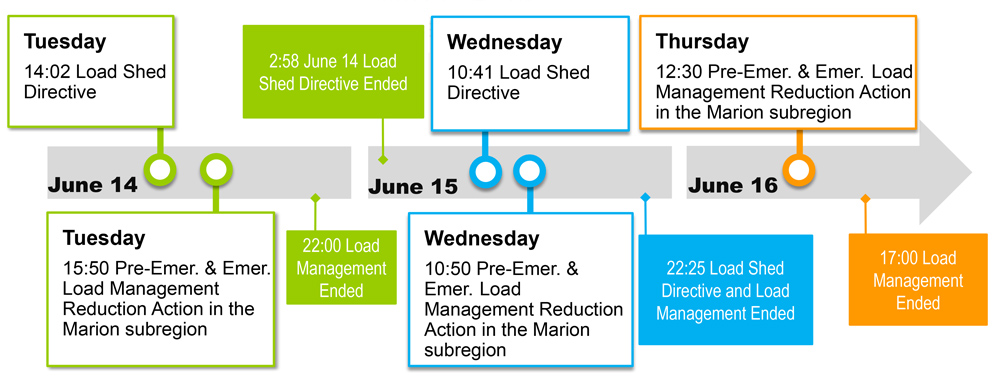A bill (A1282) sent to the desk of New Jersey Gov. Phil Murphy last month would create a three-year, $45 million pilot program to test the use of electric school buses in 18 school districts.
The bill, which passed the state Senate on June 16 and the General Assembly three weeks earlier, would require the New Jersey Department of Environmental Protection (DEP) to create the program, under which six districts or contractors each year would take students to school with electric buses to assess the reliability and effectiveness of using them in place of diesel-powered vehicles.
The performance of the buses would be evaluated on factors such as costs, maintenance, fuel use and speed, and data would be collected and submitted to the DEP. At least half of the districts or contractors would be in low-income, urban or environmental justice communities.
Within six months of the end of the program, the New Jersey Board of Public Utilities (BPU) and New Jersey Economic Development Authority (NJEDA) would give the governor a report that includes an estimate of the buses’ emissions benefits and “an analysis of the potential costs and benefits of using electric school bus batteries for storing power to be returned to the electric grid or to school buildings during periods of peak electric power demand,” according to the bill.
The report would also include “recommendations regarding the establishment of grant and loan programs to provide assistance to school districts and school bus contractors for the replacement of their bus fleets,” the legislation states.
Murphy’s office declined to comment on whether he would sign the bill, saying it does not comment on pending litigation. But the state’s Energy Master Plan calls for the state to prioritize the replacement of fossil-fueled public transportation fleets with electric vehicles, especially in environmental justice communities.
In a sign of the scale of the challenge facing New Jersey, Atlas Public Policy, a D.C.-based research and consulting firm, told a forum in October that the state had 15,703 school buses in 2019, and none were electric.
But electric buses are likely to be more cost efficient than diesel in the future, Atlas said. The fuel cost per mile for an electric bus will drop from $2.83 in 2020 to about $1.87 in 2030, at which point it will be cheaper than the cost of diesel, about $2.45/mile, it said. (See NJ Floats New Electric Bus Plan.)
Partisan Divide
The bill is seen by Democrats and environmentalists as a major step forward in the state’s introduction of electric buses.
The Senate Budget and Appropriations Committee on June 6 approved the bill 8-4, with Republicans saying they had concerns about the fact that the state still has no estimate of the cost of implementing the Energy Master Plan.
Before the vote, Sen. Declan O’Scanlon (R) said he had “deep concern about the fact that we are years in now of discussion of the Energy Master Plan, and the administration rolling something out, and we have no idea of the cost. … We have no idea about how quickly we can get New Jersey’s substandard electrical grid up to speed,” he said.
“I get it, moving in this direction is a good idea,” he said, calling his vote “almost a protest vote.” He added that the pilot program “ultimately doesn’t get us very far. Maybe we should be thinking more holistically about the grid and about helping our whole fleet transition.”
Committee Chair Paul Carlo (D) said he also had reservations but would back the bill nevertheless.
“I think the appropriation is a lot of money here until we can prove a plan of how we can implement this and fund it,” he said. But he added that “I believe that the concept is the right thing to move forward and … a step in the right direction.”
Sen. Patrick Diegnan Jr. (D) expressed no such doubts.
“We have got to get started on this. We have to start this process,” he said. “If we wait for the perfect solution, it will never get done. This is the perfect vehicle to try and see how it works.”
Environmentalists, who have long urged state officials to accelerate their efforts to get electric buses into school districts, also welcomed the bill’s passage, saying the state has no time to lose.
“We should be ramping up [electric bus use] as quickly as possible,” said Doug O’Malley, state director of Environment New Jersey, who said the sheer size of the dollar commitment shows that the pilot will have an impact. (See Environmentalists Call for Faster Transition to Electric Buses in NJ.)
“This is $45 million to get electric school buses on our roads. So this is not a small pilot,” he said. “This generation in New Jersey school children should be the last that has to breathe dirty diesel fumes on their way to school. Electric school buses are here. Other states are mandating their use, and New Jersey should catch up.”
New York is “working to transition their entire school bus fleet” to electric buses by 2035, Anjuli Ramos-Busot, director of the Sierra Club New Jersey, told the committee, noting that the plan will go before voters in November. She said the New Jersey pilot is solidly funded, with money from the state’s Societal Benefit Charge, which is levied on all ratepayers to pay for energy investments, and from the Regional Greenhouse Gas Initiative (RGGI).
“This bill is a jumpstart for electric buses in New Jersey,” she said. While it will be a long way from transitioning the state’s entire school bus fleet to EVs, “It does provide us with a program specifically designed to understand the ins and outs of electric school buses in all regions, geographies and population areas in this state.”
Bill Beren, transportation chair for Sierra, said that New Jersey is “lagging very far behind other states in the region” when it comes to electric school buses. The state has allocated only $25 million of the RGGI funds to buy 77 electric school buses, while Montgomery County, Md., has signed a contract to replace all 250 diesel school buses in their fleet, he said in a release the organization put out in advance of the Senate vote.

